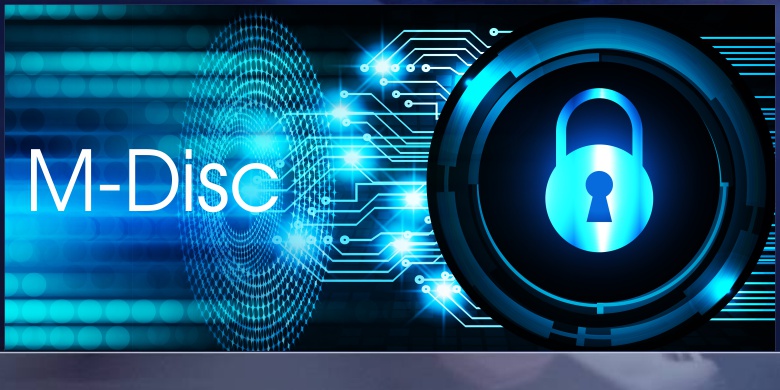You're wasting money if you don't have a system in place for digitally storing the millions of pages of documents and files your business produces. Here's the lowdown on digital archiving...
Discover M-Disc the 1000 Year Archive
Businesses in Canada and the United States make more than 1 billion photocopies every day and spend more than $25 billion a year to file, store and retrieve their paper documents. In many cases, records and information systems often represent as much as 50 percent of the total cost of doing business.
With the technologies that are available today, however, it doesn't make good business sense to spend large amounts of capital to store and maintain hard copy information. As with all aspects of a company's business, using technologies that will increase productivity and reduce costs is vital to your profitability and success.
Because of the cost-savings available, many companies are changing their attitudes toward data storage and are looking at innovative ways to handle the flow of data. Today, there are several inventive and cost-effective technologies available that can streamline the processing and storing of hard-copy data, which, in turn, will save you money--money that you can use to improve systems and invest in the future of your business. Let's take a look at one of these new systems.
Defining the Solution
Digital archiving, also known as scan-to-file, is one of the best methods around for processing and storing documents. Simply put, digital archiving is the process of converting paper information to a digital representation of the original document. These highly cost-effective conversions allow information to be stored and accessed easily, enabling companies to save time, storage space, money and resources, and increase their productivity and security.
Over time, digitally storing information will reduce the costs of document storage. It will reduce employee workload associated with filing, retrieving and re-filing paper documents. Additionally, it provides easy access to search, retrieve, read, print and e-mail imaged files.
Digital archiving also allows for expedient file transmission over the internet or an internal network. And it creates a flexible, electronic database of corporate documents, such as financial statements, required regulatory documentation, client and patient files, tax and legal documents--all of which can be password-protected to restrict printing and content extraction.
And there's more good news: The process is simple. Information is scanned and stored on one of a number of forms of media, most often on CD-ROMs (M-Disc is the most secure), but also on hard disks or other file formats. You then store the digital data in a secure location, either onsite or away from your business. The digitally stored information can easily be retrieved by simply loading a CD-ROM or disk onto any computer. The document appears just as it did in its original hard copy form and can be saved to the computer, e-mailed or printed.
Digital archiving enables companies to put unlimited amounts of information onto CDs. Imagine taking 35,000 pages of paper and converting it to three CDs.
If you think digital archiving may be right for your company, here are a few questions to ask your visual communications partner:
How is information scanned? Who does it and how long does it take?
Information can either be hand-scanned or fed into a scanner based on the type of data being scanned. Scanning should be done by a team of professionally trained and certified digital specialists, who know how to scan and archive your important documents. Scanning times will vary based on the amount of information being converted. For example, 1,200 pages can take up to four hours to complete.
Is the information secure while it's being scanned for digital archiving?
Most likely it is, but you need to ensure that the vendor has a dedicated and secure digital archiving imaging area designed with your sensitive documents in mind. Additionally, you need to verify that the information won't be shared with any outside source, and your vendor should return all documents upon completion. In some cases, you and the vendor may determine that the scanning should be done at your location.
Where is the information stored? Will the CDs be given to me to store or will I need to have the vendor to store them in a secure location?
Typically, your vendor should store the information on CDs that will be returned to you for storage.
What format will the digitized documents be in?
At a minimum, documents should be converted to PDF because that's the widely accepted format for digitized information. Additionally, PDF formatting is approved and in use by a host of local, state and federal agencies. However, based on your needs, files can also be created in Word and other industry-specific software.
Click HERE to Learn More About Small and Large Format Scanning
Source: Entrepreneur | entrepreneur.com



